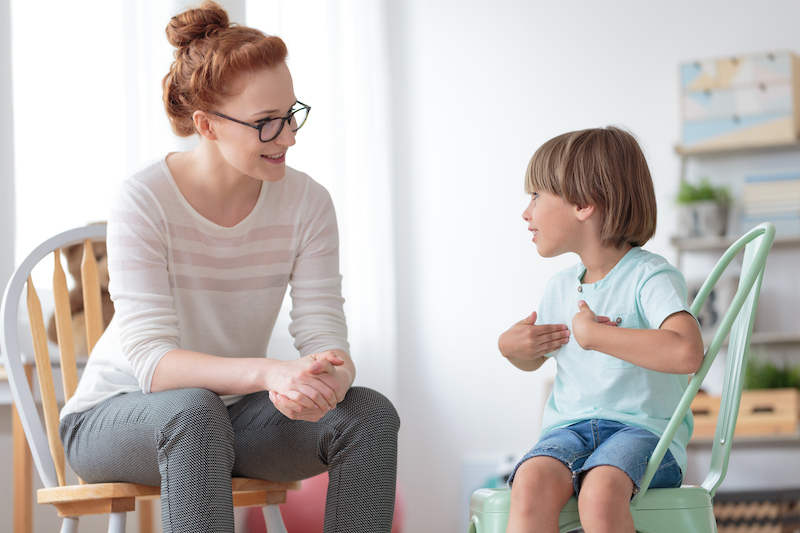
Photo: Getty Images
As we all know, there is a lot of scary and stressful information circulating in the media around Coronavirus (COVID-19). Exposing children to information like this can get overwhelming quickly and leave you stumped on how to discuss the situation with your child. Whether you have a curious 5-year-old or a concerned teenager, below are four simple steps you can take when discussing this ever-evolving situation.
1. Limit how much time your family spends watching the news and how much information is given. Kids can get overwhelmed if they're given too much information at once, or if this is all that's happening around them. You don’t need to change your family’s routine, so if your children usually watch the news, that's great, but consider limiting the time. Doing this will avoid inundating your children with potentially stressful or scary information.
2. Give your children developmentally appropriate information. The amount of information a six-year-old wants or needs to hear is very different from the amount of information you would give to a 16-year-old. So, I suggest parents present the facts in a way that's developmentally appropriate for that child. Say something like “Here's what you need to know about Coronavirus,” and leave it there. Modeling is also very important for parents and families in stressful situations, so if you seem frazzled, frustrated, stressed, worried or alarmed, then your kids are definitely going to feel that way as well.
3. Give them the facts. Although it may seem daunting, it is very important to make sure your children have the facts. They are exposed to so much information, some true and some false, so it is important you give them brief, fact-based information about what's going on, and also limit the amount of time spent talking about these topics. A child may, for example, grow distressed if a parent spends one hour having a conversation about a topic. Such a prolonged conversation, even if it was mainly positive, sends the message that this is a very big deal and that's why we're spending so much time talking about it. To avoid this, I like to suggest parents practice talking in small doses. If there are questions, answer it the first time, but know that if a child is asking again and again, it might be too much information.
4. Acknowledge their feelings whether good or bad and know when to step in. When we think about our children feeling negative emotions, it is important to know it's okay for children to be stressed or upset sometimes. That is part of life and we want to give them space to have those feelings. If it seems like it's getting in the way or it's lasting too long and the child can't engage with friends or activities they need to do, there are general coping skills you use to help them. The first is to get them active. This may involve doing something with their body or with their mind. For example, you may want to go outside for a walk, dance a little, or play an outdoor game they enjoy like soccer, basketball or just throwing a football back and forth. It might also be something fun and distracting like playing a game, watching a funny video, doing an art project or trying a new recipe. Finally, sometimes kids need a little bit of relaxation time or space.
As we continue navigating this pandemic, it is important to practice social distancing. Your children might have questions about this and I recommend giving them the facts. You can say something assuring them that this is something we are doing to help keep everyone safe.
I know this may seem like a lot to juggle, but always remember to give your child enough information and help them cope when you sense they are feeling stressed.



